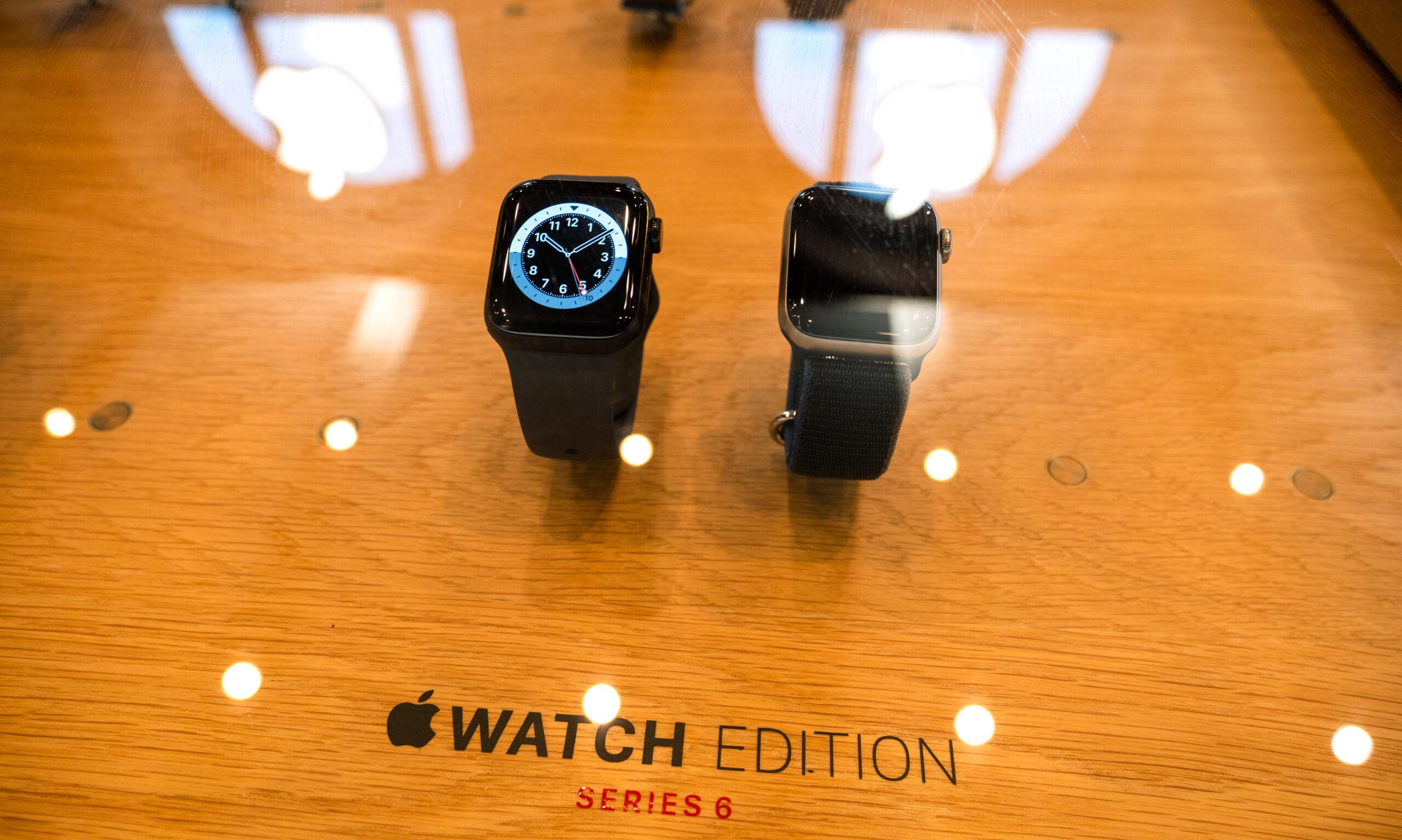The Moving Target of Partial Design Protection Under Chinese Law | Quarles & Brady LLP
As outlined in our previous post, securing a partial design claim in China is akin to hitting a moving target, as the interpretation of partial design claims in China has varied among cases and examiners. Since the rule change allowing partial claiming for Chinese design patents took effect on June 1, 2021, the Chinese National Intellectual Property Administration (CNIPA) has still not yet released formal guidelines detailing what is and is not permitted. However, certain patterns have emerged from the tranche of partial design claims that have been refused or allowed so far, especially regarding design titles, independent design units, patterns/surface indica, unconnected claims, dividing lines, and simple geometric shapes. From these patterns, there are several guideposts that applicants can use to navigate the uncertain waters of partial design claiming until a formal statement from the CNIPA is released.
Design Titles
Chinese examiners have consistently required a specific title that describes and identifies the part or parts of the design being claimed. For example, referring to FIG. 1 of a teapot below, when the claimed portion is the lid shown in red, the title should be “A Lid for a Teapot,” rather than simply “A Teapot.”
Independent and Complete Design Units
For now, partial claims should form an independent and complete design unit. For example, FIG. 2 below includes a partial claim that encompasses the entire handle as a complete and independent design unit, whereas the claimed segment of the handle in FIG. 3 is only a discrete section that is bounded by a dashed-dotted boundary line and, thus, is less likely to be allowed.
Patterns and Surface Indicia
Chinese examiners have rejected claims that constitute mere surface pattern of a 3-dimensional object. For example, the claimed segment of the wall in FIG. 4 is likely to be rejected as mere surface pattern, even if it were to include a logo or coloration thereon.
Unconnected and Irrelevant Parts
Further, Chinese examiners have refused partial claims of parts that are not associated in function and design, as they are considered “unconnected and irrelevant.” While it is unclear just how “connected” the parts must be, we offer the example of FIG. 5 below in which the claimed grey handle and knob are likely to be considered separate elements that lack an associated function and design.
Dividing Lines
Additionally, partial design claims in China should include clear dividing lines between the claimed part and the other parts of the design. For instance, in the design of FIG. 6 below, the partial claim may not be allowed because there is no dividing (e.g., dashed-dotted) line between the claimed (solid line) and unclaimed (dashed line) portions of the design. It should be noted that the dividing line may be artificially created by an arbitrarily located boundary line or may be one representative of actual structure, such as following an existing edge or contour of a design.
Simple Geometric Shapes
Finally, Chinese examiners have rejected partial design claims that constitute “simple geometric shapes.” Referring to FIG. 7 below, the arrangement of dots shown on the disclaimed surface of the teapot would likely face a rejection as constituting a pattern of mere circles. This may be especially problematic in the field of graphical user interfaces, which often include an arrangement of rectangles, squares, circles or ovals.
So, Now What?
Chinese design patents for partial claims can be obtained, but with a careful filing strategy and persistent consideration of the developing examination trends. Various filing strategies can be implemented to ensure that protection is obtained such that one or more fallback positions can be relied upon in the event that a partial design claim is determined to be unsatisfactory.











